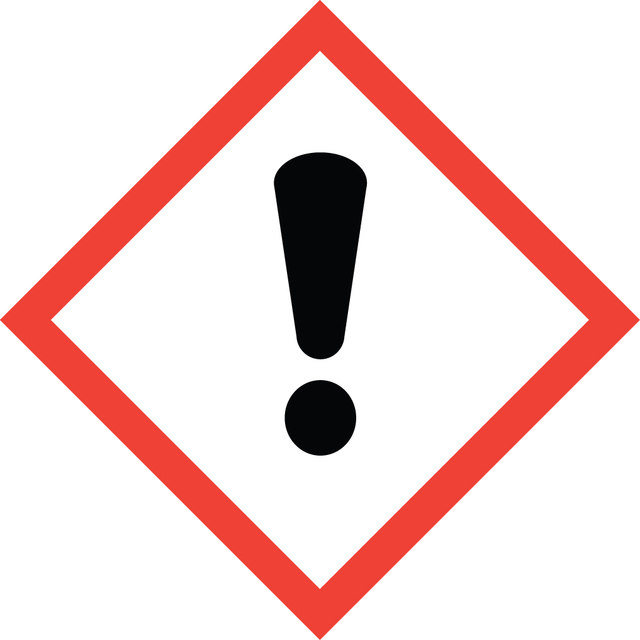B2292
O6-Benzylguanine
≥98% (TLC), solid, O⁶-alkylguanine DNA alkyltransferase inhiitor
Sign Into View Organizational & Contract Pricing
Select a Size
About This Item
Empirical Formula (Hill Notation):
C12H11N5O
CAS Number:
Molecular Weight:
241.25
MDL number:
UNSPSC Code:
12352200
PubChem Substance ID:
NACRES:
NA.77
Product Name
O6-Benzylguanine, ≥98% (TLC), solid
Quality Level
Assay
≥98% (TLC)
form
solid
solubility
methanol: 20 mg/mL
storage temp.
room temp
SMILES string
Nc1nc(OCc2ccccc2)c3nc[nH]c3n1
InChI
1S/C12H11N5O/c13-12-16-10-9(14-7-15-10)11(17-12)18-6-8-4-2-1-3-5-8/h1-5,7H,6H2,(H3,13,14,15,16,17)
InChI key
KRWMERLEINMZFT-UHFFFAOYSA-N
Gene Information
human ... MGMT(4255)
Looking for similar products? Visit Product Comparison Guide
Related Categories
Application
O6-Benzylguanine has been used:
- as an inhibitor of methylguanine methyltransferase (MGMT) in glioblastoma stem cell
- as a O6-alkylguanine-alkyltransferase (AGT) enzyme inhibitor in embryonic stem cells prior to N-ethyl-N-nitrosourea(ENU) treatment
- as an inhibitor of AGT in growth inhibition assays of HL-60 human promyelocytic leukemia cells
Biochem/physiol Actions
O(6)-benzylguanine is an antineoplastic agent that binds the DNA repair enzyme O(6)-alkylguanine DNA alkyltransferase (AGT), resulting in inhibition of AGT-mediated DNA repair. It is widely used in various DNA repair mechanism studies and potentiates the effects of other chemotherapeutic agents that damage DNA.
O6-Benzylguanine (O6BG) inhibits methylguanine methyltransferase (MGMT) by blocking the active site through benzyl group transfer. The use of O6BG with bis-chloroethylnitrosourea (BCNU) or carmustine is effective in treating solid tumors including lymphomas, melanomas and sarcoma.
Signal Word
Warning
Hazard Statements
Precautionary Statements
Hazard Classifications
Eye Irrit. 2 - Skin Irrit. 2 - STOT SE 3
Target Organs
Respiratory system
Storage Class Code
11 - Combustible Solids
WGK
WGK 3
Flash Point(F)
Not applicable
Flash Point(C)
Not applicable
Personal Protective Equipment
dust mask type N95 (US), Eyeshields, Gloves
Choose from one of the most recent versions:
Already Own This Product?
Find documentation for the products that you have recently purchased in the Document Library.
Ahmad Fawzi Hussain et al.
Bioconjugate chemistry, 22(12), 2487-2495 (2011-10-15)
Cancer cells can be killed by photosensitizing agents that induce toxic effects when exposed to nonhazardous light, but this also causes significant damage to surrounding healthy cells. The specificity of photodynamic therapy can be increased by conjugating photosensitizing agents to
Katharina Stöhr et al.
Analytical chemistry, 82(19), 8186-8193 (2010-09-08)
Recent developments in fluorescence microscopy raise the demands for bright and photostable fluorescent tags for specific and background free labeling in living cells. Aside from fluorescent proteins and other tagging methods, labeling of SNAP-tagged proteins has become available thereby increasing
Brian C Beard et al.
The Journal of clinical investigation, 120(7), 2345-2354 (2010-06-17)
HSC transplantation using genetically modified autologous cells is a promising therapeutic strategy for various genetic diseases, cancer, and HIV. However, for many of these conditions, the current efficiency of gene transfer to HSCs is not sufficient for clinical use. The
Lynn Martin et al.
Radiation research, 172(4), 405-413 (2009-09-24)
Low-dose hyper-radiosensitivity (HRS) is the phenomenon whereby cells exposed to radiation doses of less than approximately 0.5 Gy exhibit increased cell killing relative to that predicted from back-extrapolating high-dose survival data using a linear-quadratic model. While the exact mechanism remains
Kotaro Makita et al.
International journal of oncology, 54(5), 1864-1874 (2019-03-14)
Malignant melanoma is a highly aggressive skin cancer that is highly resistant to chemotherapy. Adjuvant therapy is administered to patients with melanoma that possess no microscopic metastases or have a high risk of developing microscopic metastases. Methylating agents, including dacarbazine (DTIC)
Our team of scientists has experience in all areas of research including Life Science, Material Science, Chemical Synthesis, Chromatography, Analytical and many others.
Contact Technical Service